By Sara-Megan Walsh
A historical society is holding out hope that a unique piece of Kings Park community history can be preserved for future generations to enjoy.
The Society for Preservation of Long Island Antiquities has placed York Hall, the auditorium and community center of the former Kings Park Psychiatric Center, on its 2017 List of Endangered Historic Places.
Sarah Kautz, director of preservation for SPLIA, said the historic building located at the entrance of Nissequogue River State Park is in critical need of preventative maintenance and security to preserve it for future community use.
York Hall, built in 1930, was used by the psychiatric patients for recreational activities and later as a community civic center and public meeting place.
“In a place where there are some darker stories to tell, it was a place where people came together to celebrate and enjoy life,” Kautz said.
When the hospital was decommissioned in the 1990s, the property was transferred to New York State Office of Parks, Recreation and Historic Preservation. Since then the building has been vacant, with the exception of trespassing ghost hunters and graffiti artists, and has fallen into disrepair.
Kautz said York Hall has signs of advanced deterioration over time. The roof is damaged, allowing rainwater to leak inside, and many of the windows and doors are damaged and spray painted.
“The interior is in very poor condition due to roof leaking, copper stripping and extensive vandalism over an extensive period of time” Kautz said. “It’s been the same cyclical and recurring concern with all the buildings of Kings Park Psychiatric Center.”
SPLIA is advocating for York Hall to be secured by sealing off the building, including boarding up the roof, and mothballed. The group is seeking a public-private partnership to rehabilitate the building. Kautz said she has reached out to the Kings Park Civic Association and Kings Park Chamber of Commerce to open avenues for collaborative discussions.
“The community still wants it to be used as a theater and civic center,” Kautz said. “It’s a great mid-sized performance space that is rare to find in this area. I think because of its history and why it was built, the community would like to see it returned to that role.”
The state launched a remediation initiative in 2012 to transform the former psychiatric center into Nissequogue River State Park. Phase one of the project, which was started in 2013, focused on demolition of 19 buildings, removal of the steam tunnels and asphalt, site restoration and reconstruction of the north boat launch to improve access to the Nissequogue River. In April 2016, phase two was announced and is currently underway to remove nine additional buildings and a segment of a 10th building, according to the state parks department’s spokesperson Randy Simons.
“We have our concerns about the wider context of the former Kings Park Psychiatric Center,” Kautz said “There’s no master plan. There’s never been a master plan which would include the former psychiatric center.”
Simons said that two former psychiatric center buildings, Buildings 130 and 132, which both served as medical staff housing, have been preserved for future adaptive reuse as the development of the park progresses.





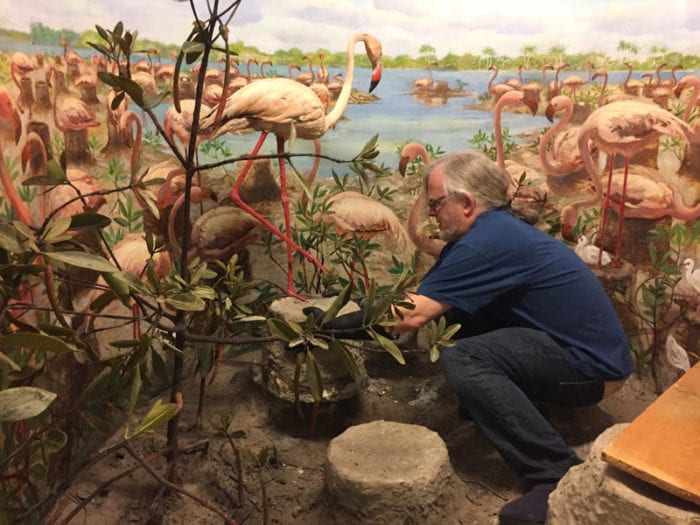
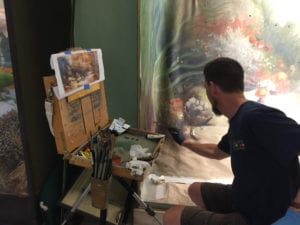
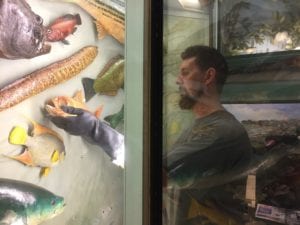






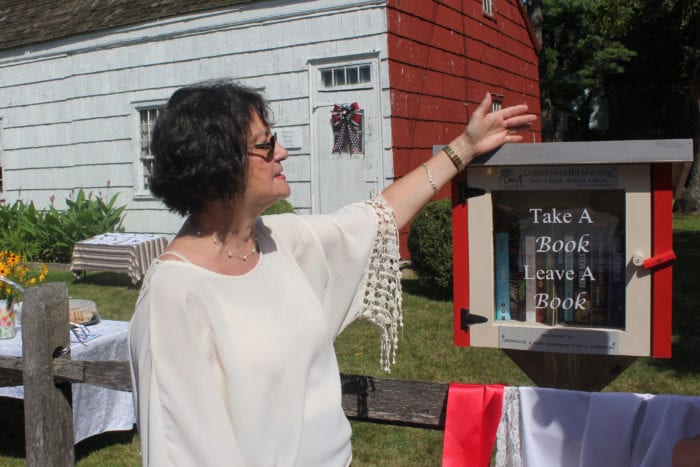

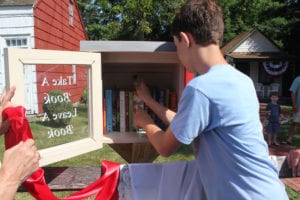
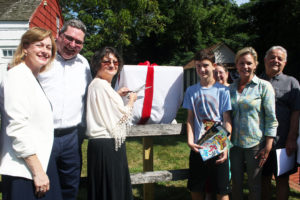 Soldano contributed issues of Captain America, Star Wars and Power Rangers comics to join such titles as “Leaving Time” by Jodi Picoult, “Gone Girl” by Gillian Flynn, “The Stranger” by Harlan Coben and the Grimm fairy tale “Snow White and the Seven Dwarfs.”
Soldano contributed issues of Captain America, Star Wars and Power Rangers comics to join such titles as “Leaving Time” by Jodi Picoult, “Gone Girl” by Gillian Flynn, “The Stranger” by Harlan Coben and the Grimm fairy tale “Snow White and the Seven Dwarfs.”







